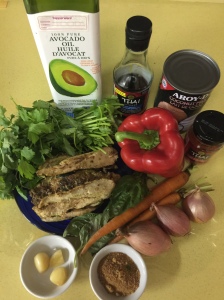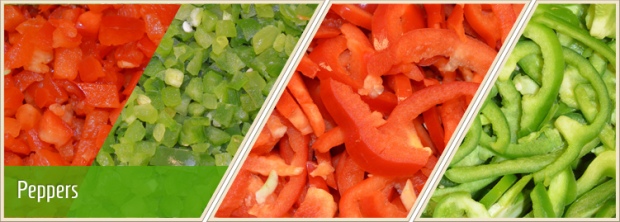Are your spices fresh or stale? That is the question isn’t it. Adding oil locks in the fresh flavour of aromatic spices in a paste.
RECIPE ❤️
Garam (warm) Masala (blend) § Basic Curry Paste
INGREDIENTS
2 small, dry red chillis
3-4 cloves
3 heaping tsp.coriander seeds
6 teaspoons of cumin seed
2-3 bay leaves
10 green cardamon pods
2 black cardamon pods
one cinnamon stick broken in half
1/2 tsp black pepper corns
4 cloves of Garlic
One thumb size of ginger-peeled
1 1/2 slender fresh chilli pepper (red or green)- each pepper -about 2.5 inches long
1/2 cup of avocado oil
2 heaping tsp. tomato paste
1 heaping teaspoon turmeric (acts as a preservative)
A pinch of salt
Optional: Grate nutmeg (with mace coating) with the heated spices. About 1/4 to 1/2 tsp.
DIRECTIONS
1. Roast spices on a dry skillet (on a moderately low heat) to warm (Garam) up the spices (Masala); about 2 minutes. As soon as you smell an aroma, the spices should be ready. Remove the pan from the heat to cool before grinding. Some chefs remove the outer pod covering of the cardamon seeds
2. Peel garlic, ginger and remove the top stem of the fresh chilli pods, while spices are cooling.
3. Grind cooled spices.
4. In a food processor or blender (liquidiser) fill with ground, dry spices. Then, add the wet ingredients: fresh garlic, ginger, fresh hot red pepper, oil and tomato paste. Add salt. Blitz until you have a smooth paste.
5. Taste test, and see if it come close to what you want. Remember the best curry you had. If you can discern the needed spice, add it now. Too thick? Add more oil. TIP: Next time, double the recipe with your own variations and freeze it.
Curry Paste: Secrets From The Patak Family
Home Made Curry Paste Tastes Better! WHY? (Watch The Video…to find out!)





Learn more SECRETS OF MAKING THE BEST CURRY PASTE! Have you made curry paste and it was a disaster? Do not give up. Food tips are coming your way. With three curry recipes from a dedicated CURRY FOODIE!

The Tamil (in India) name for curry is “kari”, which means “sauce”. It became so widespread when the Tamil people came into contact with the East India Company in Chennai, in 1600. The first published curry recipe was in 1747 by Hannah Glasse. Queen Elizabeth’s 1953 coronation served Chicken tikka masala, still popular today!
Curry is also good for you. It’s been used in experimental cancer therapies, and cumin has been used to treat Parkinsons. Did you know —> a Middle Eastern alternative to curry, Za’atar is a spice mix containing thyme, sesame, salt, oregano, sumac and marjoram.

Freezer Friendly TIPS: Freeze curry paste in ice cube trays. Transfer cubes to glass jars and store in your freezer for up to one month -maybe longer? Store all pastes and herbs in the freezer to stop them going stale. It’s the best method! Freshness lock: Refrigerate: 10 Days to 2 weeks. Check frequently for foul odor and mould. Lasts longer in the fridge with an oil top layer.

VARIATIONS: Get Creative!
WARNING: When Make Your Own Curry Paste Keep It Fresh!
Keep in mind, some spices have a shorter shelf life and lose their pungent aroma. I would suggest not to buy ready mixed curry powder. It does not have the same taste as freshly mixed spices. Plus, you don’t know how long the spices were sitting on their shelf. The 7 spice tins (above) is perfect for good curry dishes by keeping your base spices sealed and fresh!

GORDON RAMSEY’S Restaurant CHALLENGE….The Best Curry Gordon Ramsey found in England!
Black And Green Cardamon
What’s the difference with the two cardamons, and why use both for a good Curry?
Black cardamom (two sizes) is the Queen of Spices. Good for digestion and also kills harmful bacteria in the stomach. A necessary ingredient in every curry and found in all of the most famous Indian dishes: from Dal to Biryani. Green cardamon is easy to find and use. Try to get the black version and taste the difference!


If you like cardamon, then, add more! Cardamom flavor is usually featured in Garam Masala. For spicy-hot curry, ADD red chilies and yellow mustard seeds. NOTE: Always roast your seeds and hot chillies in a dry pan before adding to your base mixture to open up the flavour.













